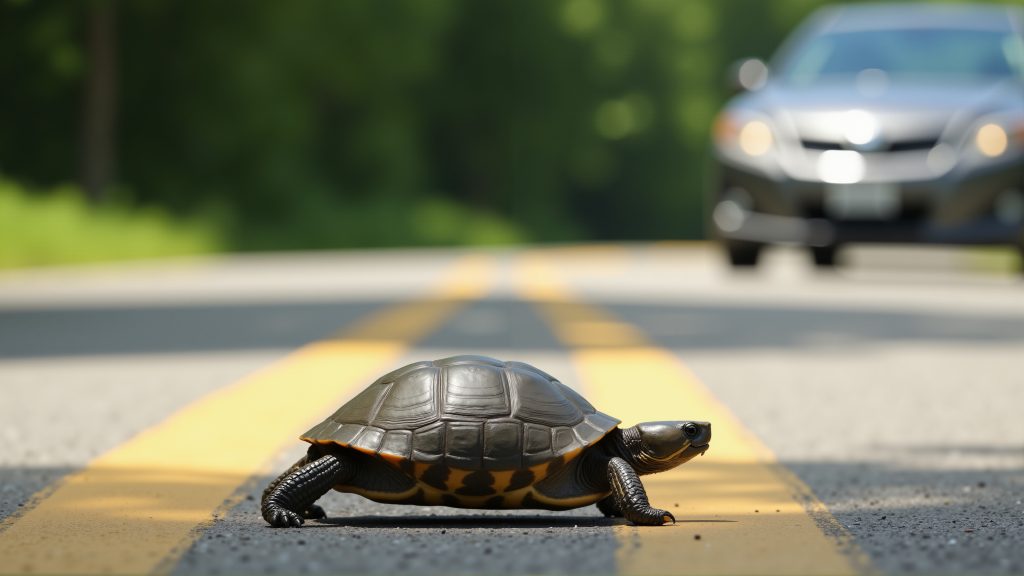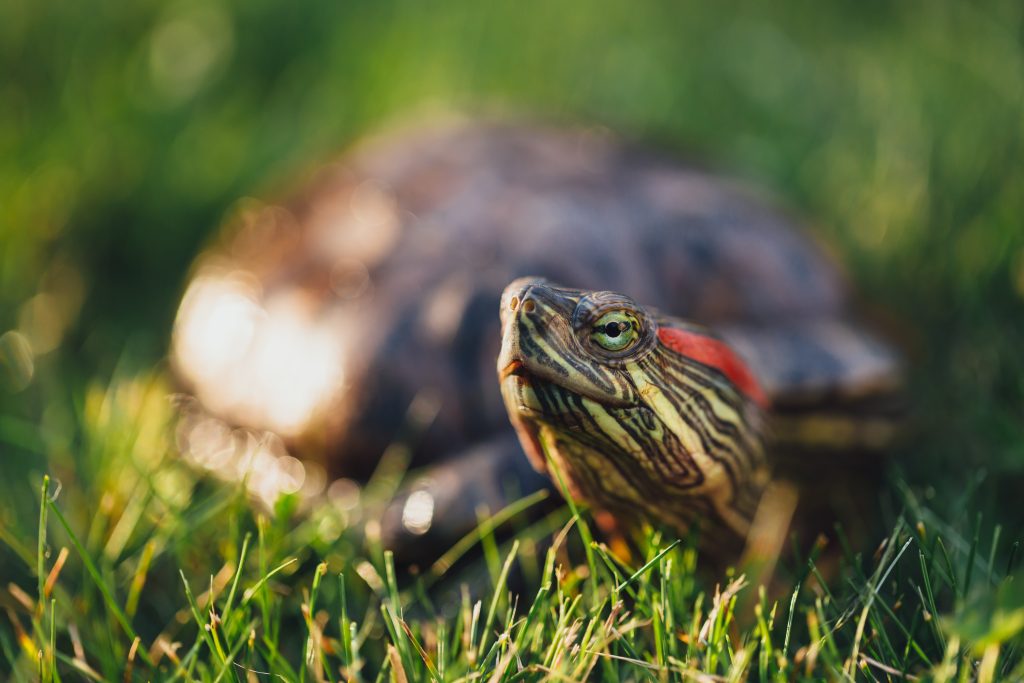The return of beavers to the British landscape is one of the most exciting conservation success stories in recent years. Once native to the UK, these industrious rodents were driven to extinction over 400 years ago due to hunting and habitat loss. Now, through licensed reintroduction programs, beavers are making a comeback—and their presence is proving to be a powerful tool in restoring ecosystems, mitigating climate change, and preventing floods and droughts.
Why Reintroduce Beavers?
Beavers are known as nature’s engineers for their ability to build dams, canals, and lodges, which significantly alter and improve their surrounding environment. Their activities provide numerous benefits:
🌊 Natural Water Management
Beavers create wetland habitats by building dams, which slow the flow of rivers and streams. This helps in preventing flooding during heavy rainfall and ensures that water is retained in the landscape during dry periods, reducing the impact of droughts.
🐾 Boosting Biodiversity
Beaver-created wetlands support a rich variety of wildlife, including birds, fish, amphibians, and insects. These environments offer breeding grounds and shelter for many species that struggle in degraded ecosystems.
🍃 Carbon Sequestration & Climate Resilience
By slowing down water flow and creating wetlands, beavers help store carbon in vegetation and soils, reducing greenhouse gas emissions. Their dams also act as natural filters, improving water quality by trapping sediments and pollutants.
🌍 Preventing Erosion & Restoring Rivers
Beaver dams reduce the speed and energy of flowing water, preventing riverbank erosion and allowing sediment to settle, which can improve water clarity and river health.
Licensed Beaver Reintroductions in the UK
Where Are Beavers Being Released?
Over the past decade, beavers have been reintroduced into multiple areas across England and Scotland through carefully monitored programs. Some key sites include:
✔️ River Otter, Devon – The first legally sanctioned wild beaver population in England.
✔️ Kent and Somerset – Beaver releases in enclosed areas to monitor their effects.
✔️ Argyll, Scotland – Home to a growing population of beavers introduced to help restore wetlands.
In 2022, the UK government granted official legal protection to wild beavers in England, meaning they cannot be hunted or disturbed without special permission. This marked a major turning point in restoring beavers as a permanent part of British wildlife.
Success Stories & Environmental Impact
📍 The River Otter Beaver Trial (2015-2020)
One of the most significant beaver reintroduction programs in the UK took place in Devon’s River Otter. Scientists monitored the beavers’ impact over five years, revealing:
✅ Flood reduction – Beaver dams helped reduce flooding in downstream communities.
✅ Water storage during droughts – The wetlands created by beavers retained water, improving resilience against dry periods.
✅ Biodiversity boost – More fish, birds, and insects thrived in beaver-created wetlands.
Following this success, the government allowed wild beaver populations to remain and expand naturally.
Challenges & Concerns About Beaver Reintroduction
While beavers bring significant environmental benefits, their reintroduction has not been without challenges:
❌ Farmland Flooding
Beaver dams can flood agricultural land, leading to concerns among farmers. Conservationists are working with landowners to manage water levels and protect farmland.
❌ Tree Damage
Beavers fell trees to build their dams, which can impact certain landscapes. However, this is a natural part of their ecosystem engineering and often leads to new plant growth and healthier forests.
❌ Balancing Human and Wildlife Needs
As beaver populations expand, there is an ongoing need for management strategies to balance the needs of nature and human activities.
To address these concerns, conservationists are using beaver management programs, which include relocation efforts, dam modifications, and working with local landowners to mitigate conflicts.
Looking Ahead: The Future of Beavers in the UK
The successful return of beavers to the UK highlights the potential of rewilding efforts to restore ecosystems and combat climate change. Looking forward, experts suggest:
🌿 Expanding reintroduction sites to other river systems across the UK.
🌍 Integrating beavers into national climate resilience plans to mitigate flood risks and improve water storage.
🤝 Collaborating with farmers and local communities to ensure that human-beaver coexistence remains positive.
With continued support, beavers could once again become a widespread and vital part of the British landscape, helping to create healthier rivers, richer biodiversity, and more climate-resilient ecosystems.
Conclusion
The return of beavers to the UK is a remarkable conservation success story. These ecosystem engineers are proving to be valuable allies in the fight against climate change, flooding, and biodiversity loss. While challenges remain, ongoing research, careful management, and public support will be key to ensuring their long-term survival in the wild.
As the UK continues to embrace rewilding efforts, beavers stand as a symbol of nature’s ability to restore itself—given the chance.
🐾 Nature knows best—sometimes, we just need to let it work its magic. 🦫


